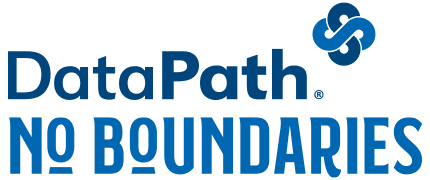
This is the second in a four-part series on building benefits packages to resonate with the different generations. This article focuses on effective strategies for Generation X, including engagement recommendations.
Born between 1965 and 1980, Generation Xers are known for an entrepreneurial mindset, working hard, and playing hard. As enrollment season nears, let’s review this generation’s motivations, which benefits they find most important, and how they learn and communicate.
The Gen X Profile
Gen Xers fall between Baby Boomers and Millennials. Previously called the Forgotten Generation, some now deem them the Lost Generation, as only one-third think they will successfully retire by age 65.
Gen Xers were the first generation to embrace higher education immediately following high school. Well-established in their careers, most are significantly focused on retirement (especially the oldest, now in their late 50s). While characterized as loyal, Gen Xers are less committed overall to a single employer than their Boomer elders. They are willing to change jobs to advance their careers but often stay put if there is room to grow.
Socially, Gen Xers bridge the gap between the more traditional preferences of the Boomers and the tech-oriented Millennial generation (Generation Y). They grew up with television and video games, but many were in college or starting their careers when the internet and personal computers took off. Overall, they are comfortable communicating face-to-face and in less personal interactions like email and texting.
Gen X is unique because many care for older parents while simultaneously raising children. Their family demands are complex, and they need flexibility.
Benefits Strategies for Gen X
Healthcare benefits are a high Gen X priority. Many prefer the “traditional” benefits, such as medical, dental, vision, and life insurance, particularly when multiple plan choices exist. With their focus on retirement planning, benefits such as 401(k) accounts, tax-advantaged healthcare savings, and student loan assistance are also in high demand.
Generation X wants to protect their retirement savings from medical emergencies. Tax-advantaged accounts, such as Flexible Spending Accounts, Health Reimbursement Arrangements, and Health Savings Accounts paired with a High Deductible Health Plan (HDHP) are popular.
With their unique family considerations, Gen Xers need and want workplace flexibility. The opportunity to work remotely or on a flexible schedule can help address family needs, as can the availability of Dependent Care FSA accounts.
Gen Xers are in their mid to late careers and might be expected to have nearly paid off their student loans. However, the average Gen X student loan balance is $43,438, including personal education loans and those they took out to support their children’s education. As a result, Student Loan Reimbursement Assistance plans are highly valued.
Engaging Gen X with Their Benefits
Gen Xers may be the most widely receptive generation regarding benefits communication. Most are tech-savvy and fluent in digital media, but still comfortable with print communications and group meetings. Thus, benefits information can be presented online, through email, videos, print materials, or in person. They respond well to case studies, situations, and games that answer the question, how can this help me?
In conclusion, Generation X is loyal, hardworking, and relatively easy to reach. Build a benefits program incorporating healthcare, dependent care, work flexibility, and financial benefits, then communicate it through traditional methods and digital media to help deliver happier, more engaged employees.
For more information on benefits and engagement, download DataPath’s free whitepaper “Effective Benefits Strategies for a Multi-Generational Workforce.”
For 40 years, DataPath has been a pivotal force in the employee benefits, financial services, and insurance industries. The company’s flagship DataPath Summit platform offers an integrated solution for managing CDH, HSA, Well-Being, COBRA, and Billing. Through its partnership with Accelergent Growth Solutions, DataPath also offers expert BPO services, automation, outsourced customer service, and award-winning marketing services.

